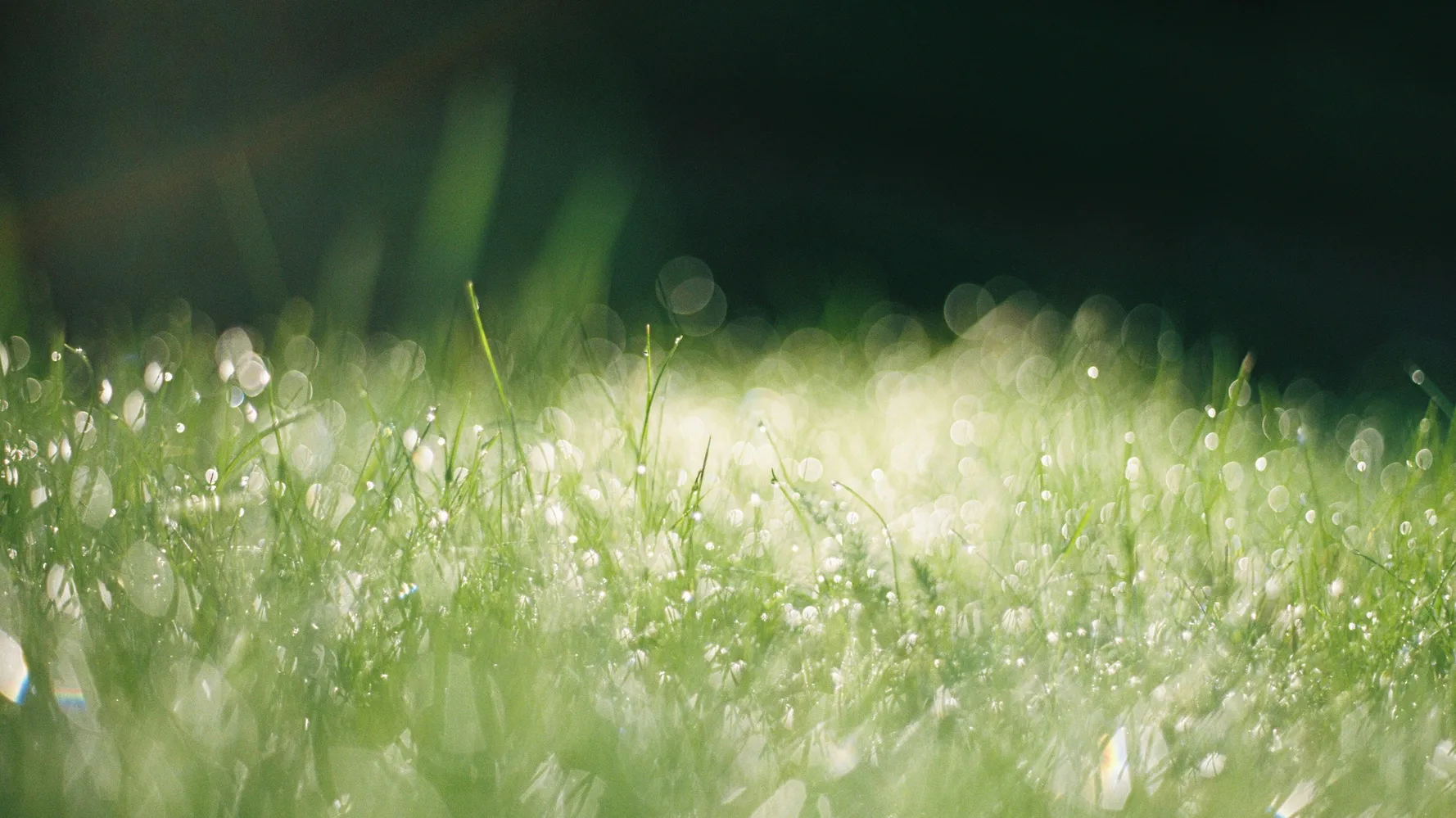By Amy Glover
Copyright huffingtonpost

For many gardeners, this season’s rainfall might be welcome – especially considering how hot and dry the summer just gone was.
But Josh Novell, a gardening expert at Polhill Garden Centre, explained that “poor drainage and stagnant water can quickly damage or kill plants”.
And with wet weather likely ahead, we thought we’d share some of the biggest mistakes he sees gardeners make in heavy rain:
1) Keeping your potted plants where they are
“Even a short downpour can suffocate roots if pots sit on saturated soil,” Novell shared. “Waterlogged soil blocks oxygen, nutrients can’t reach roots, and plants become prone to fungal diseases like root rot, powdery mildew, and leaf spot.”
Elevating your plant pot bases through bricks, plant feet, or gravel can help prevent this, though.
“It only takes a few minutes, but it can make all the difference during heavy rainfall.”
2) Covering plants with plastic or other non-breathable materials
“Many gardeners instinctively cover plants to protect them from heavy rain, but this can backfire,” the gardening expert shared.
But “Trapped water and high humidity create the perfect environment for fungal diseases like powdery mildew and leaf spot. It’s far better to use breathable covers, or leave plants uncovered if they’re hardy enough.”
3) Watering right after, or during, rainfall
You might be tempted to water your plants after a storm, but “adding extra water to already saturated soil can suffocate roots and lead to rot,” Novell warned.
“Before watering, always check the soil. Most plants won’t need extra watering after heavy rainfall, and overwatering can actually do more harm than good.”
4) Ignoring your soil’s structure
Clay soils and heavy, compacted soils can struggle to drain water.
“Mixing in coarse sand or organic matter like compost improves drainage and helps roots get the oxygen they need,” Novell said.
“Without it, even minor downpours can leave plants sitting in puddles for days,” leading to rot, mould, and other damage.
5) Not checking your plant’s roots after a storm
It’s important to at least glance at the base of your greenery after a storm because “Roots can be waterlogged or beginning to rot before you notice any wilting above ground,” Novell stated.
“Catching problems early gives you a chance to save plants before damage becomes irreversible.”
6) Not moving your plants in a storm
Though elevating the base of your plant pots can help them to drain better, some plants in them might not be able to withstand much heavy rain at all.
“Some pots contain plants that are particularly sensitive to soggy conditions,” Josh shared. “If possible, move them under a sheltered area during the heaviest downpours.”
7) Not checking potted plants after a storm or heavy rain
Because soil can absorb some water, it’s important to check the base of your potted plants (and those in plastic containers) after the downpour has stopped.
“Water pooling at the base can quickly suffocate roots or attract pests, so try tipping the trays or raising containers slightly,” the green-fingered guru said.
8) Using fertiliser before a downpour
Calling this “risky,” Novell explained: “Excess nutrients can leach away into the drainage, wasting your feed, or stress plants already struggling in wet soil.
“It’s better to wait until conditions have dried out a bit before feeding.”
Still, these rules are not without exceptions, he ended.
Some plants, like aquatic plants, bog plants, and certain perennials like marsh marigolds or hostas, actually enjoy soggy soil – “so you don’t need to elevate or aerate them”.



